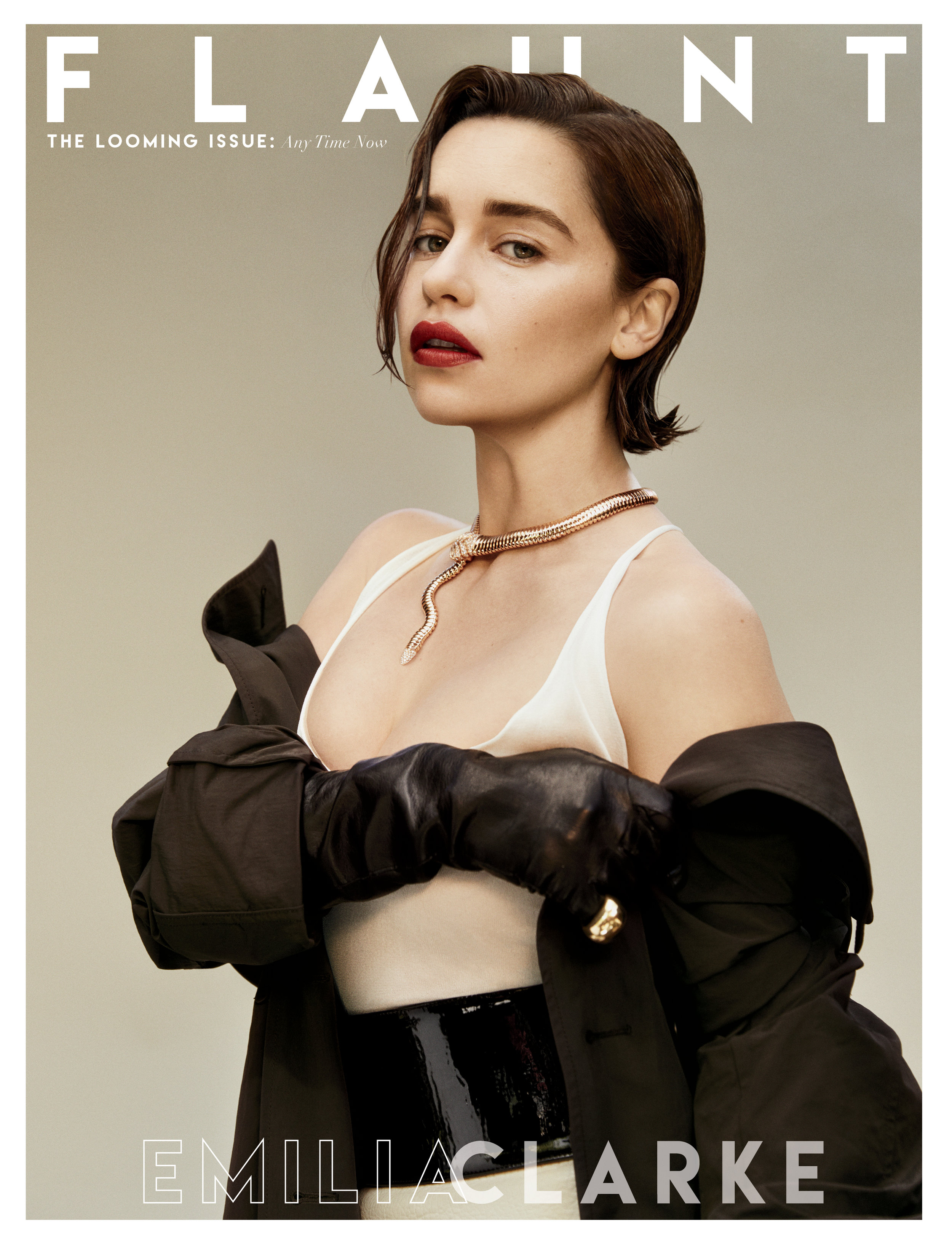Connor Tingley | Clicked the Home Button Thrice, Now Everything's Nice
by Liam Casey
Photographed by Idris Erba
In the San Fernando Valley, thoroughfares that run north and south seem to stretch for an eternity. While the Santa Susana Mountains in the back act as an ending point, the blanket of smog that perpetually hangs over the area animates the sprawl. Despite the legions of Los Angeles-based artists who favor the southeastern industrial corridor of Vernon or Commerce, the cool, calm, and collected Connor Tingley opts for the northwest hinterlands of Canoga Park.
Tingley is no stranger to the outskirts, to living on the margins of the city. When he was growing up, his parents separated, and he ended up moving throughout the various locales of Southern California. “I’ve lived in Ventura County, Whittier, Orange County...” he says. Some might find the lack of a geographical anchor dizzying. For Connor, however, this uncharted territory was akin to a talisman, a boon informing his practice. “Being an artist is like being a conquistador; they’re on a ship searching for new land. The open sea is what they get. They can choose to land on explored land or press forward. I hope I can take you to find new islands.”
If Tingley is the conquistador, then his gargantuan studio complex, nestled in the maze of a corporate office park, is the fertile island in the ocean. With towering ceilings, walking inside immediately makes you feel small. Reflected inside his oasis, on the walls, in the air, is the spirit of exploration and joie de vivre that has bolstered Tingley through his nascent career. “It’s somewhat like my church,” he remarks matter-of-factly. Over half the studio has been retrofitted into makeshift skate bowls and other skate-related terrain. Some of the infrastructure has been fashioned into works themselves, serving as pedestals that support large-scale canvasses he’s currently adding to. Ironically, more Californian than the skater haven is the jet-black 1960’s Lincoln Continental parked beside the gallery walls. When he has time on the weekend, he drives it through Malibu.
Tingley’s atelier echoes with a sharp, unpleasant noise. He’s compressing air into a spray gun which he’s using to paint a large boxing bag, shaped and painted like a globe. Tingley is concentrated, “Right now I’m working on Marrakesh.” Coincidentally, the Maghreb city is where Tingley and Michèle Lamy, the eccentric artist and designer married to Rick Owens, deepened and cemented their friendship. Lamy commissioned Tingley to create this work for her show, What Are We Fighting For?, which currently exhibits in Venice as a corollary to the 2019 Biennale. “I love the idea of Earth. It’s going to be a cool show, it seems like all of the artists have a similar vision, similar direction.” Rendering the globe as cosmically accurate as possible, half the planet, naturally, idles in the dark. No sunlight in America.
Connor Tingley, Globe from What We Are Fighting For (2019). Acrylic, Steel, and Canvas. Courtesy of the Artist. Photo Idris Erba
There seems to be an inadvertent, if not undeniable, political insinuation. “I just like the idea of America in darkness. There could be an agenda, but that could be based off projection.” Fair enough. The sculpture will be raised in the air by a special cable, so it can “feel like a satellite.” In other words, the piece will be visible, it will be seen. Tingley is no stranger to the limelight. Swiss photographer Michel Comte shot Tingley’s work for Vogue Russia. Through a consistent collaborator, Romanian artist Peter Savic—with whom Tingley recently participated in an exhibition, The Meat Series, at a church in Vienna—Tingley’s work was introduced to French cosmetic impresario François Nars in 2016. Soon thereafter, Tingley was designing the art for NARS’ Marie Claire fashion feature. A year later, the artist installed a solo exhibition in Bucharest, Romania, entitled Raw Intimacy, that once again saw Tingley and Savic cross paths. Word spreads fast when you’re having fun.
Surprisingly, this studio expanse isn’t the extent of it all. Walk down a hallway, and you’ll enter a private viewing gallery, an adjoining space that an artist who exhibits to a patron, hungry and robust, would indulge in. Entering the gallery, you’re immediately faced with imposing, ominous, yet hauntingly beautiful canvases. Industrial lights are scattered about the floor, and Tingley tends to each one, flipping the switches, immediately making the space feel theatrical. Tingley pauses, “This is a conceptual series about the soul.”
Enter a dramatic Untitled series, a developing array of paintings depicting religious iconography, all in deep blues, blacks, and burnt oranges. Tingley’s worked on this series for well over a year. The paintings reveal themselves to be negatives when viewed with a phone’s inverted interface. “I had to think the complete opposite. Light is dark, dark is light. Skin tone resorts to a teal, turquoise with a little grey.” It’s remarkable, when viewing paintings through an inverted phone, that the paintings, heavily lacquered, become “normal” through the tiny screen. Coupled with the fact that the subjects are ecclesiastic figures, generally imagined as larger-than-life, it’s almost as if Tingley is playing God. “This is a very intimate process. I want there to be a reveal, I want there to be treasure.”
A conversation ensues about the selfishness of art. Tingley is the leader of this island, after all. Back in the skatepark, vinyl records crackle in the background. He walks over to a cozy living room set-up and picks up some sketchbooks. “Michèle and I want to do a collaborative traveling notebook, 250 pages, where she does the writing and I’ll do the drawing. Hopefully 2020 it comes out.” It appears more exploration and more experiences are on the horizon. He might even have to get a bigger studio.




